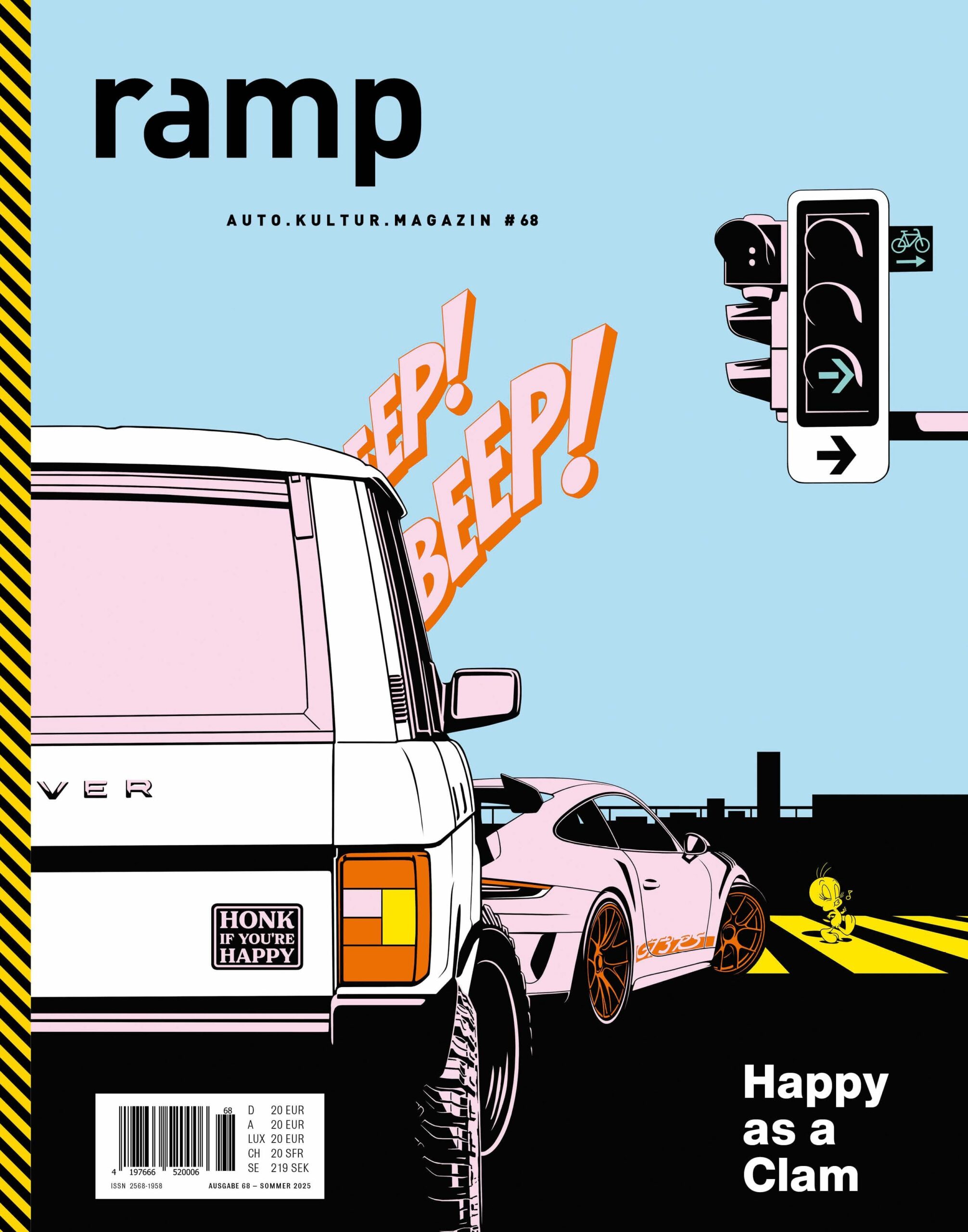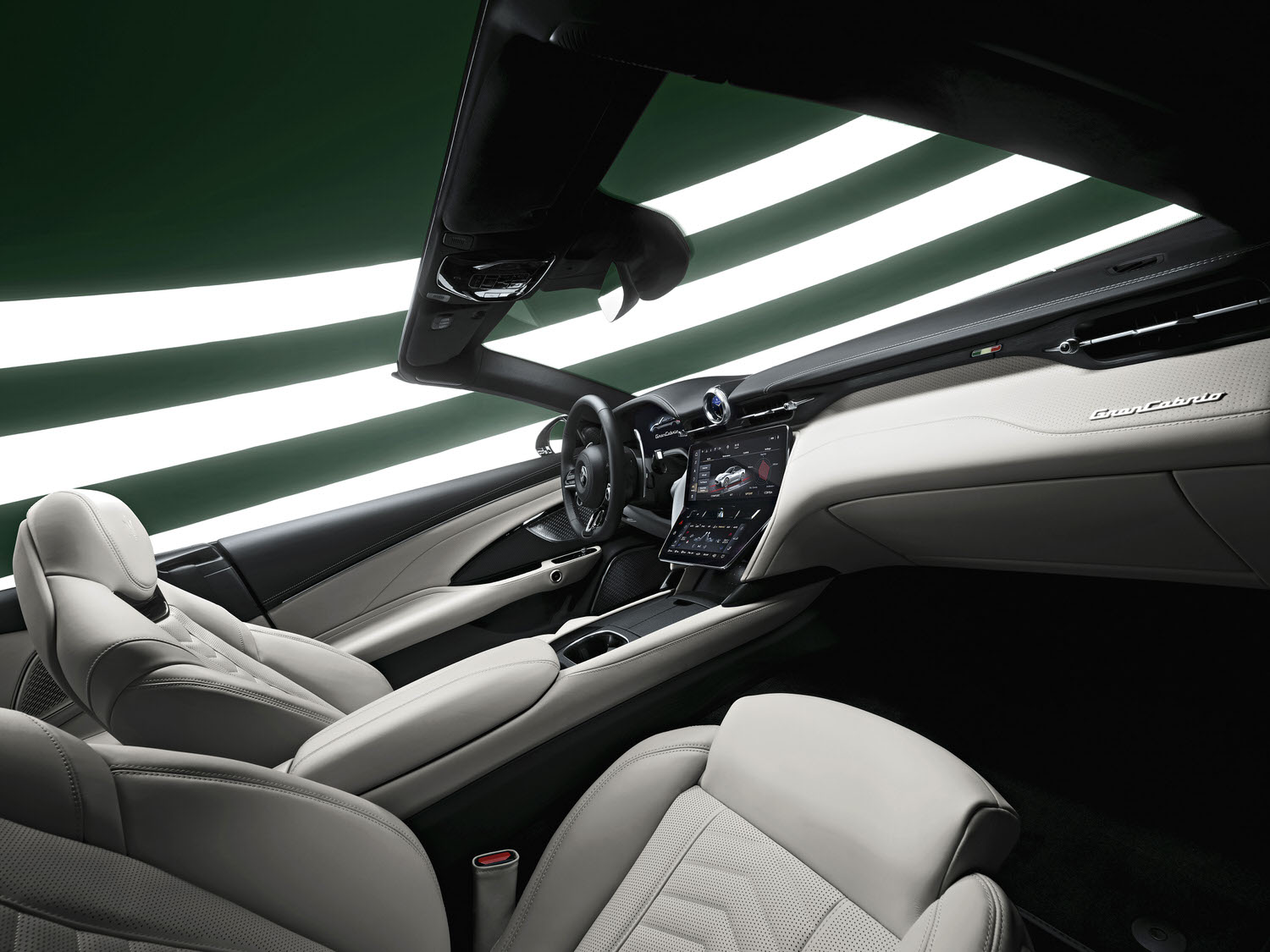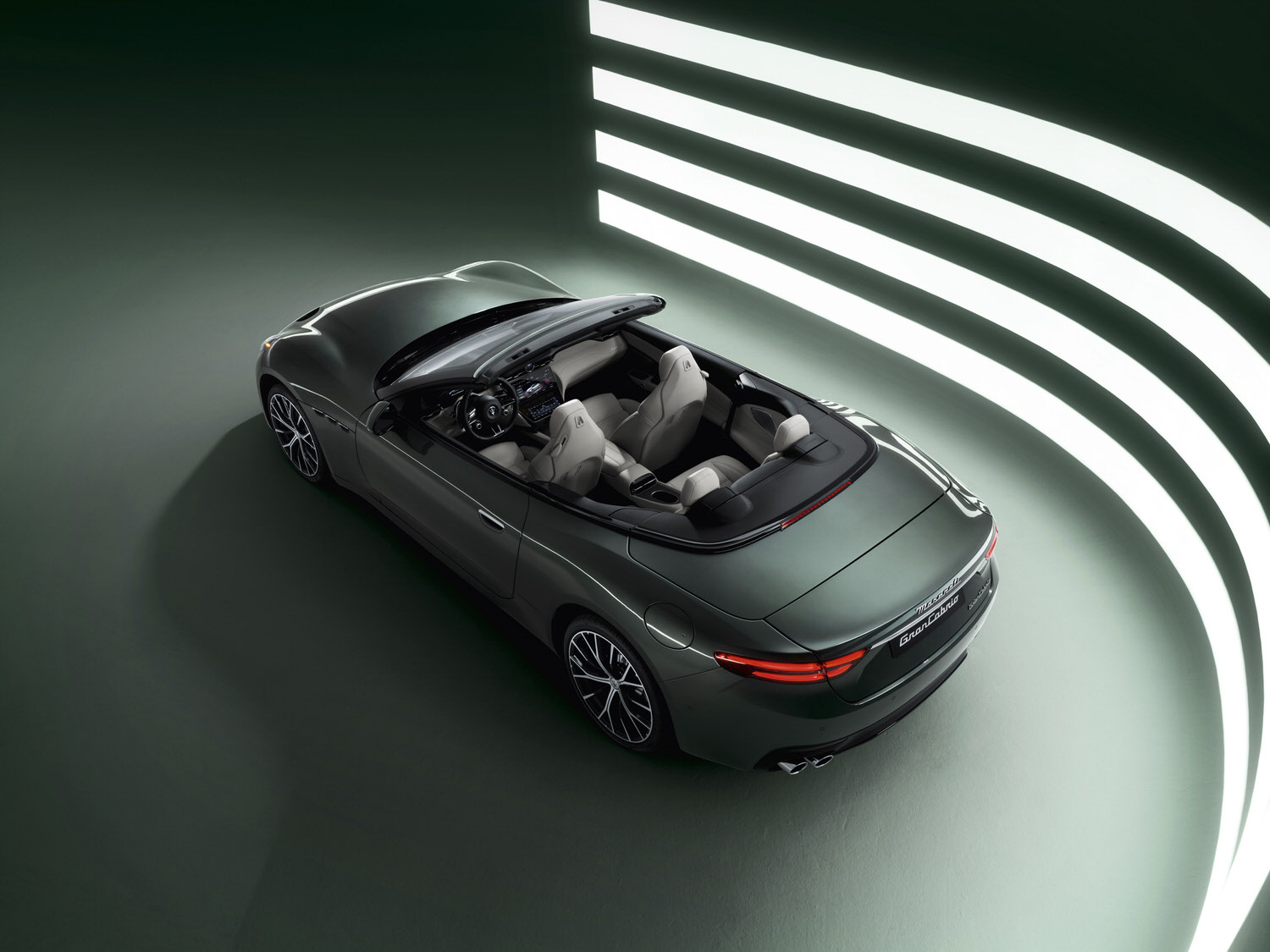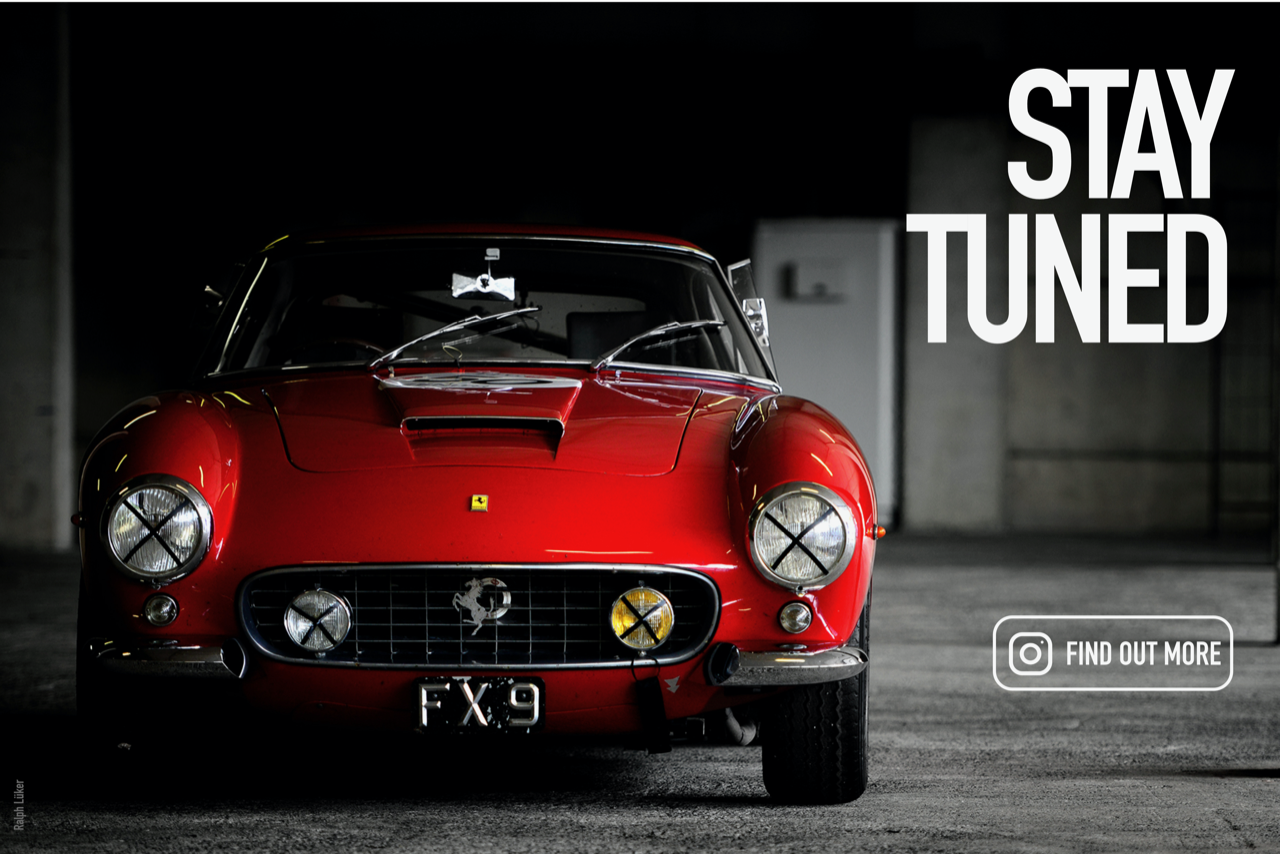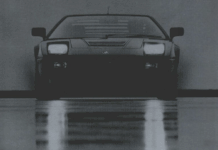Goethe loved to travel, to feel the wind and the sun of the South. Ah well. If only he’d had the chance to take the Maserati GranCabrio on his tours.
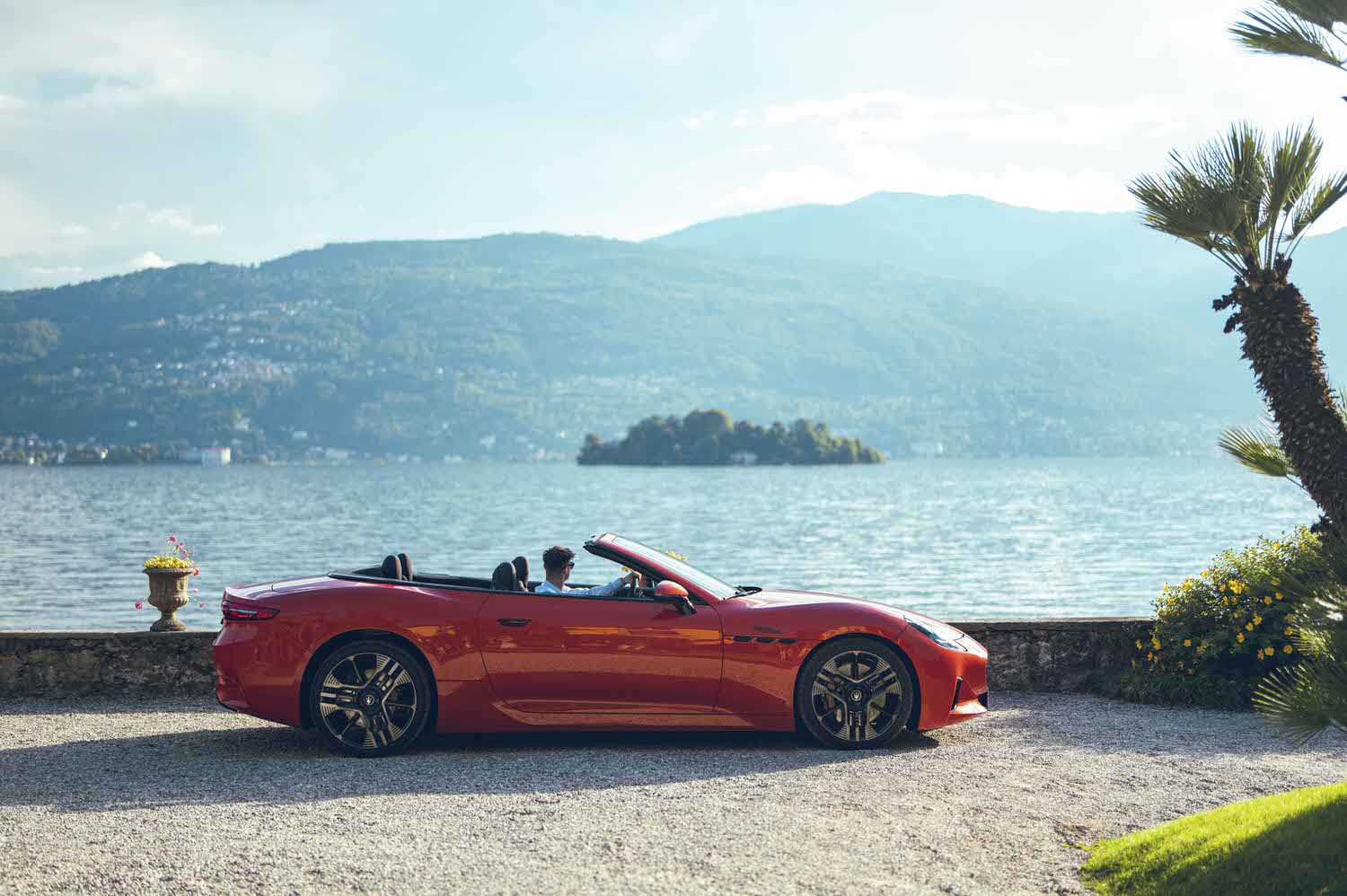
“In my impatience to get on, I sleep in my clothes and can think of nothing more agreeable than to be roused before dawn, quickly take my seat in the carriage and travel dayward half asleep, letting dream images do what they like with me.”
These words are from Johann Wolfgang von Goethe’s Italian Journey, upon which he embarked on September 3, 1786. It remains the most famous of his travels – though he explored Switzerland, France and the Harz mountains too. He had crossed the Harz on foot, but later traveled the countryside by coach. That was expensive, of course, but as a poet and naturalist, Goethe could afford it.
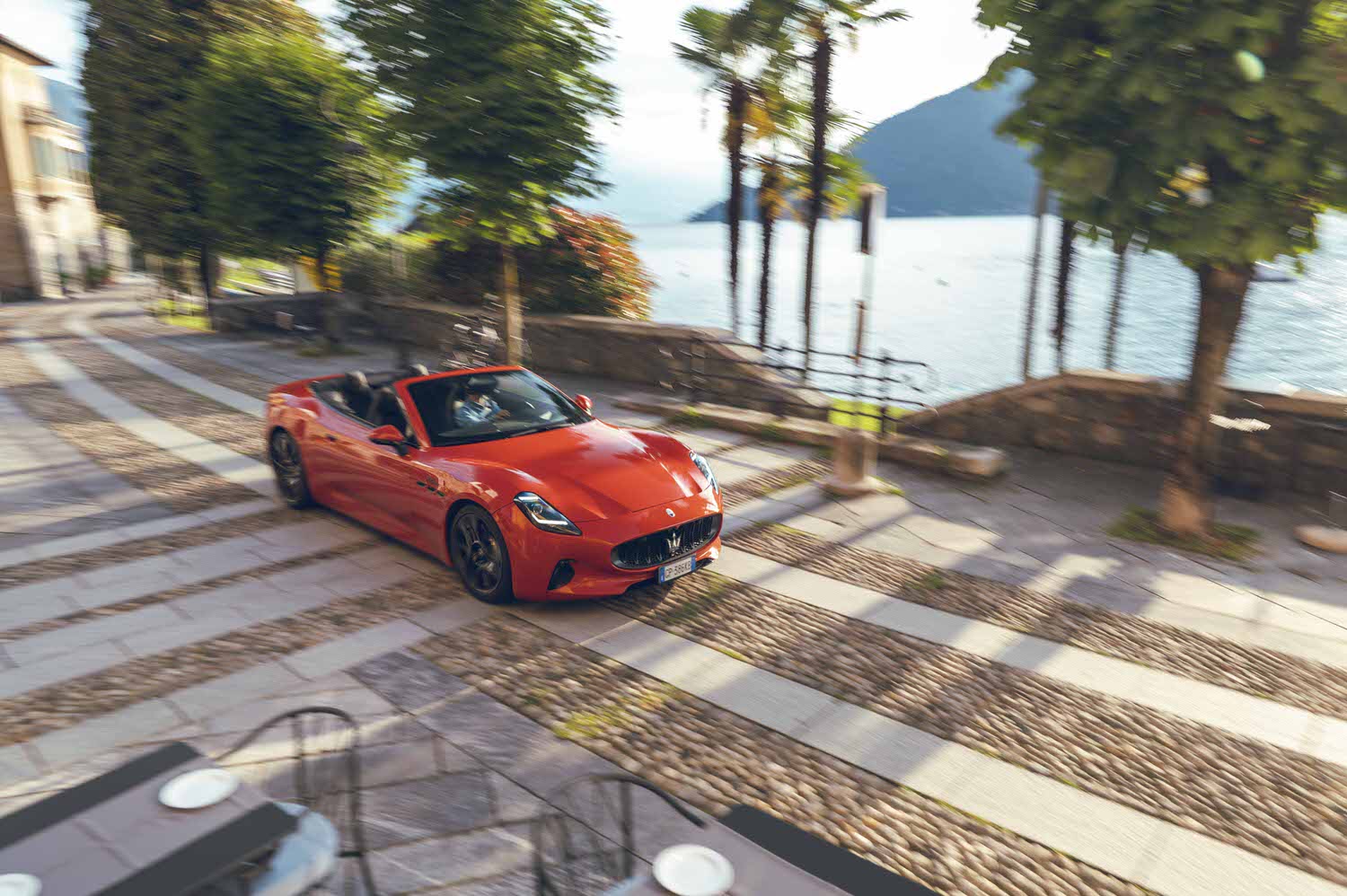
So it’s safe to assume that he would’ve quite enjoyed the Maserati GranCabrio. For one, there’s the comfort: you can choose from four driving modes – Comfort, GT, Sport and Corsa – and air suspension and all-wheel drive come as standard. The materials are a feast for the eyes and a delight to the touch, the quick-deploying wind deflector keeps out drafts and noise, and the neck warmer delivers cozy heat around the collar. The three large digital displays are operated via touch, voice command or a simple gesture – with tactile feedback through gentle vibration.
“After midnight the wind starts blowing from north to south. Anyone who wishes to travel down the lake must do so at this hour, for some hours before sunrise, the air current veers round into the opposite direction.”
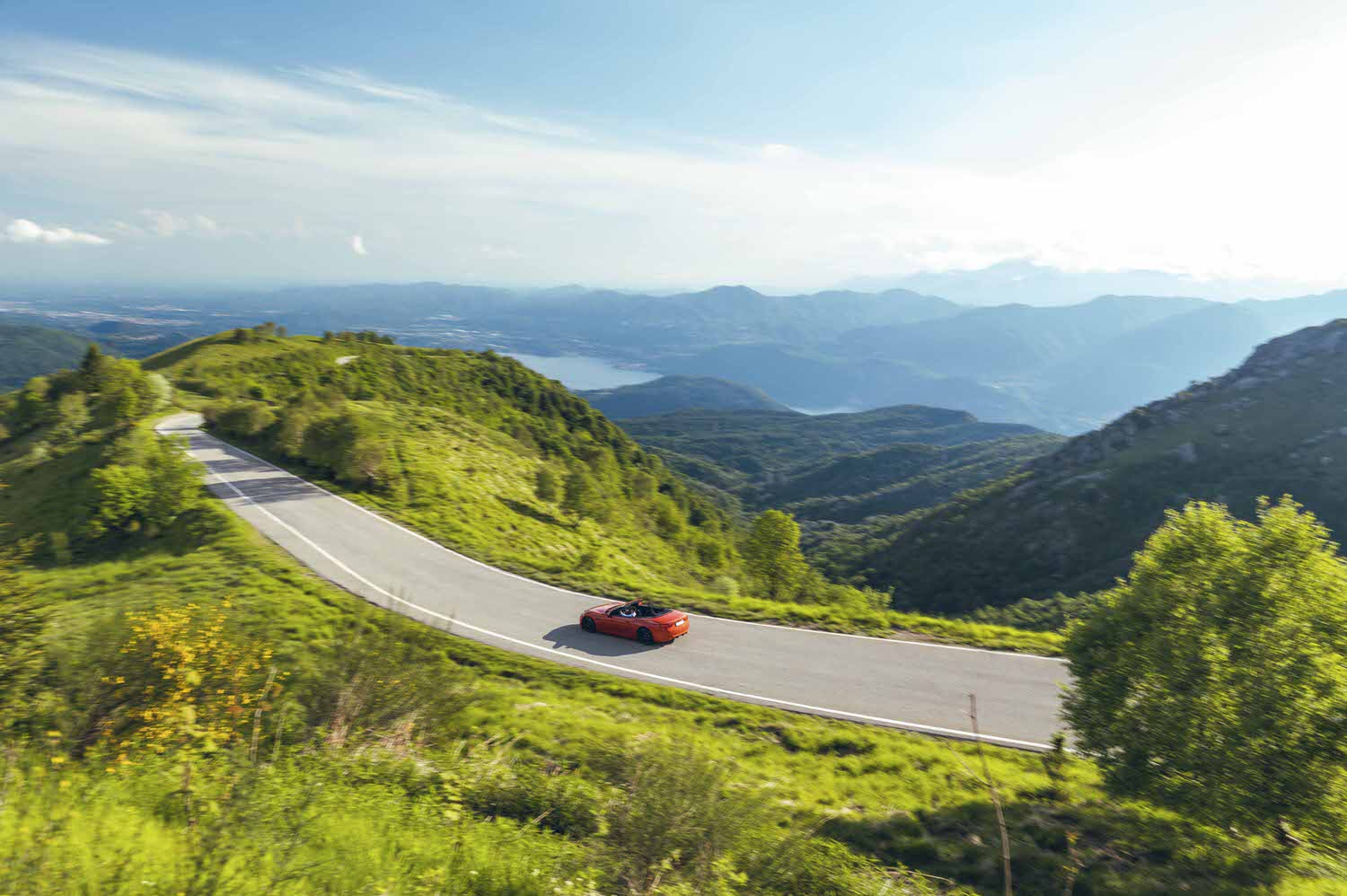
It goes without saying that you see, smell and hear more in a Maserati GranCabrio than you would in a closed car. A convertible isn’t just a private cocoon for traveling the world – it glides through the wind toward the horizon. You dive in, you take it all in. In an open car, you become part of your surroundings, the wind, the sounds and the shifting light all shaping the ride.
The Maserati GranCabrio is a celebration of motion – not just speed, but the experience itself. And the panorama? Revealed at the touch of a button: the fabric roof folds back in 14 seconds, even at speeds up to 50 km/h. Closing it takes just 16 seconds.
“At about 5:00 a.m. the whole sky became overcast with grey but not heavy clouds, which disappeared during the day. The lower I descended, the finer the weather became.” This is how Goethe described his arrival at Bolzano.
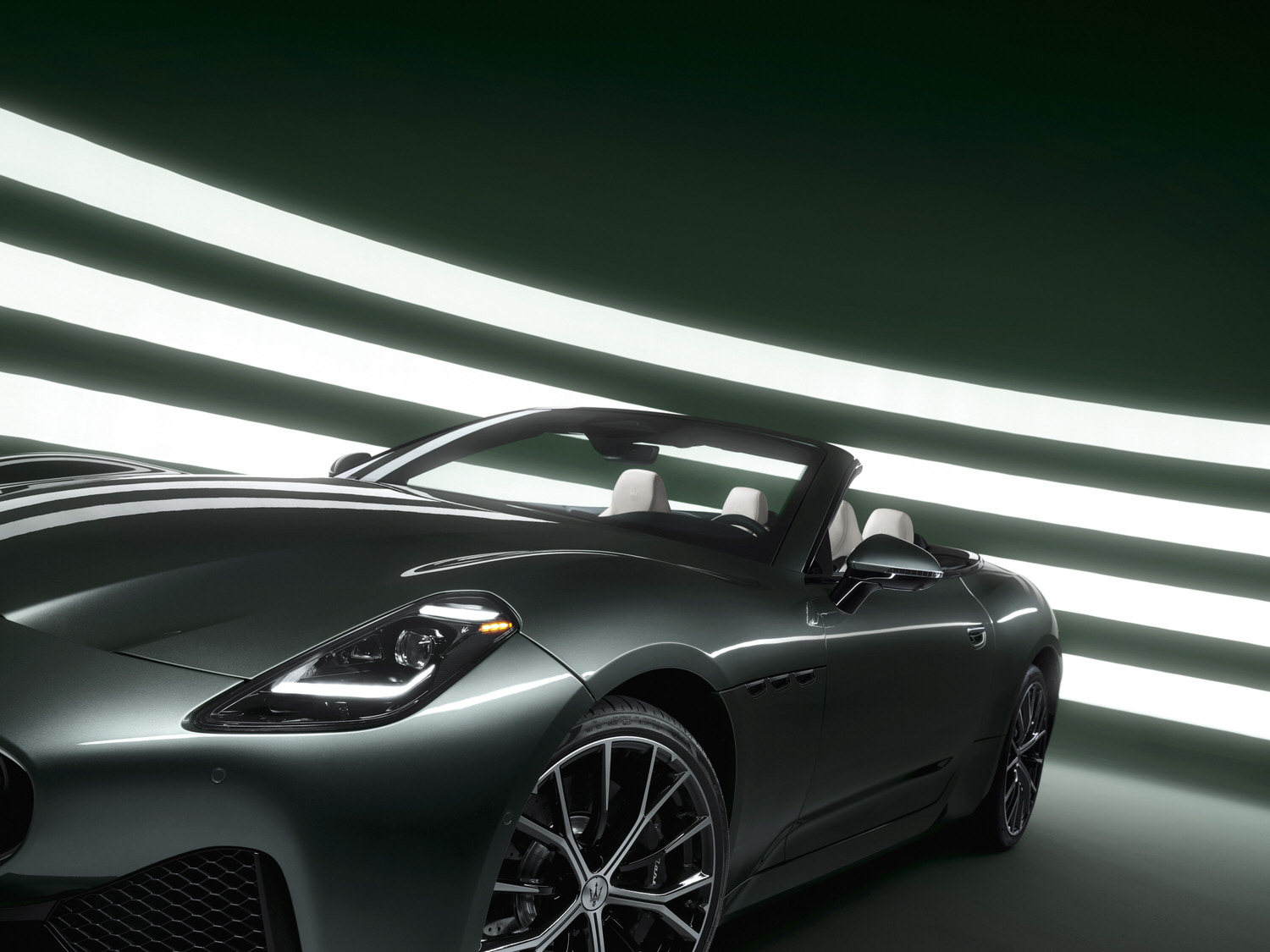
If you were to retrace his route today, you’d go from Karlovy Vary over the Brenner Pass into Trentino, then on to Verona, Modena, Bologna, Florence, Rome, Naples and finally Sicily. Naturally, Goethe wasn’t traveling for speed – his journeys were about immersion and understanding. Strictly speaking, he wasn’t just the first culture tourist – he was also something of an influencer for this special kind of travel. His poem “Mignon” (“Do you know the land where the lemon-trees grow?”) launched the German yearning for Italy – sparking millions of trips southward in search of Italian magic.
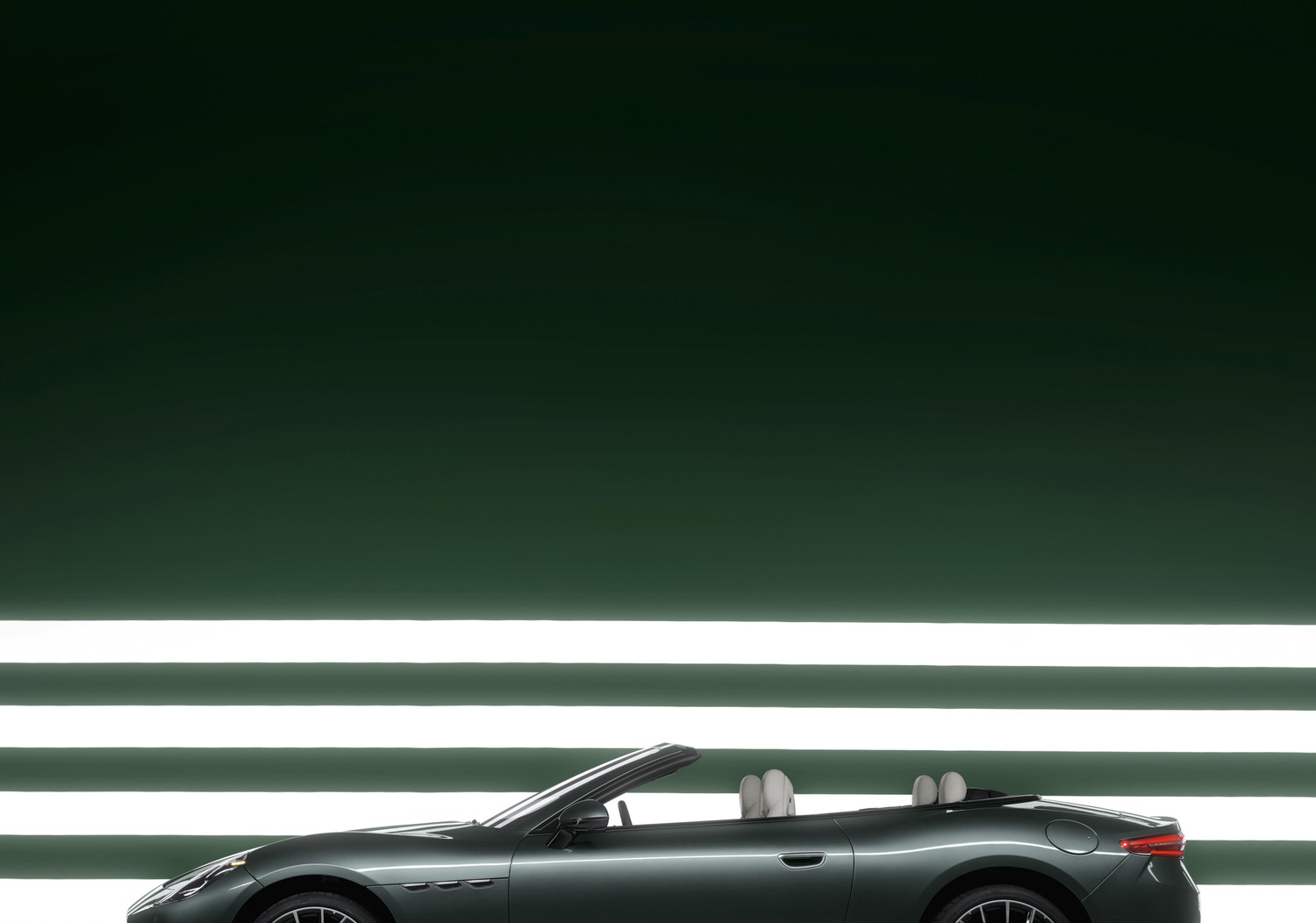
His tour took him through Emilia-Romagna, including Modena, though he didn’t mention the city more than once in his diary. “In the west, a limitless horizon, broken only by the towers of Modena; to the east, a dead level plain stretching to the Adriatic.”
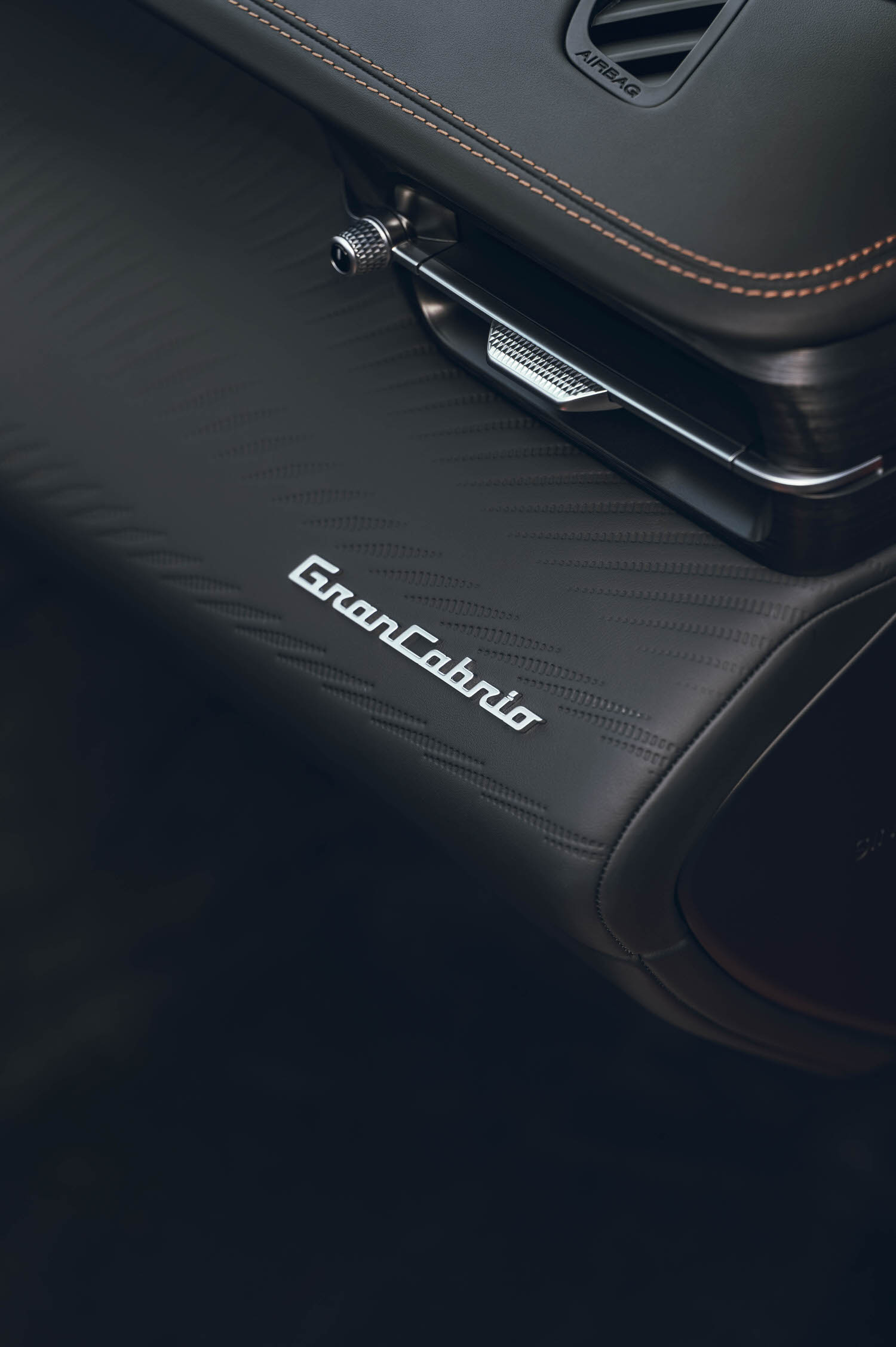 Fair enough – Alfieri Maserati didn’t found his family business, Società Anonima Officine Alfieri Maserati, until 1914, and it would be much later still before the northern Italian region of Emilia-Romagna became home to legendary sports car brands like Ferrari, Lamborghini, De Tomaso and Pagani, as well as motorcycle maker Ducati. Would Goethe have been fascinated by this “Terra di Motori”?
Fair enough – Alfieri Maserati didn’t found his family business, Società Anonima Officine Alfieri Maserati, until 1914, and it would be much later still before the northern Italian region of Emilia-Romagna became home to legendary sports car brands like Ferrari, Lamborghini, De Tomaso and Pagani, as well as motorcycle maker Ducati. Would Goethe have been fascinated by this “Terra di Motori”?
“One agreeable aspect of travel is that even ordinary incidents, because they are novel and unexpected, have a touch of adventure about them.”
One can only wonder what kind of ride Goethe would have chosen. The Nettuno, perhaps? The three-liter turbocharged V6 in the Trofeo variant, delivering 404 kW (550 hp) and a top speed of 316 km/h? Or maybe the fully electric version, aptly named Folgore, which propels the GranCabrio from zero to 100 km/h in just 2.6 seconds?
Odds are, he’d have gone for the Folgore. But who’s to say? He would surely have admired the Gran Tourer’s design – that much we can confidently assume. “One cannot really appreciate the beauty of anything without understanding what made it possible and how it came into being.”
It’s been 209 years since these lines were first published, yet they have lost none of their magic. The allure of the Italian landscape remains, along with the joy of travel, of new impressions and new encounters. Goethe spent his entire life engaged with travel – if he wasn’t on the road, he was already planning his next trip. And just like that, the longing stirs again to pack a light bag, hop in the Maserati GranCabrio and set off for that land where the lemon trees grow.
Maserati GranCabrio Folgore
Powertrain three electric motor
Power 760 hp (560 kW)
Torque 1,350 Nm
Weight 2,340 kg
0-100 km/h 2.8 s
Top Speed 290 km/h
Battery Capacity 83 kWh (net)
GranCabrio Folgore – Power consumption (WLTP combined):
23.7–22.3 kWh/100 km // CO₂ emissions (combined): 0 g/km
Electric range: 419–449 km // CO₂ class: A
GranCabrio Trofeo – Power consumption (WLTP combined):
10.5–10.4 kWh/100 km // CO₂ emissions (combined): 238–235 g/km
CO₂ class : G
TEXT: Wiebke Brauer
PHOTOS: Maserati
ramp #68 Happy as a Clam
